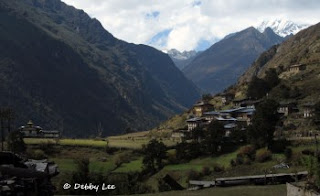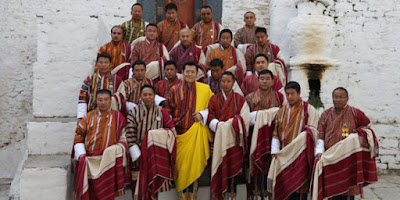Laya, Gasa: The Land of Unique Culture

Many might have seen Layap ladies in their famous Zoom (Ankle –length skirts made of yak hair). At one point of time, they were considered most beautiful ladies from whole Gasa district. Every year by November, they migrate down to Punakha via Gon Khatoe and Khamaed. Since the arrival of motorable road at Gasa Dzong, Layaps come down with scores of horses and camped in Khatoe, Gasa. Some even built small huts for their winter migration. They transport their rations in truck till Gasa and transport on horseback from Gasa till Laya. Today, Laya probably is enjoying highest per capita income in whole Bhutan due to cordycep collection. They also trade with Tibet (China) and Lunana (another gewog in Gasa). They buy 25 kg of rice from Gasa and Punakha at Nu. 1000-1500 and sell it to people of Lunana at whopping Nu. 4000. Layaps are at their polite best when they want something from government and stubborn worst when they have to do something like public works and...


